How To Increase Sales On Shopify And Succeed Faster
In a world where Shopify’s influence in ecommerce is undeniable, with over 1.75 million unique sellers and a whopping $775 billion in sales, the quest for retail success is fierce. This digital era underscores a crucial question for every Shopify merchant: How to increase sales on Shopify? As the marketplace evolves, so does the complexity of staying ahead.
This is where the power of automation comes in. In this landscape, platforms like MESA are not just advantageous; they’re essential. They streamline operations, from inventory management to customer service, freeing up merchants to focus on what matters most — growth.
This article is a roadmap to transforming your Shopify store into a sales magnet by leveraging innovative strategies to tap into the untapped potential of automation.
Topics:
Email Marketing
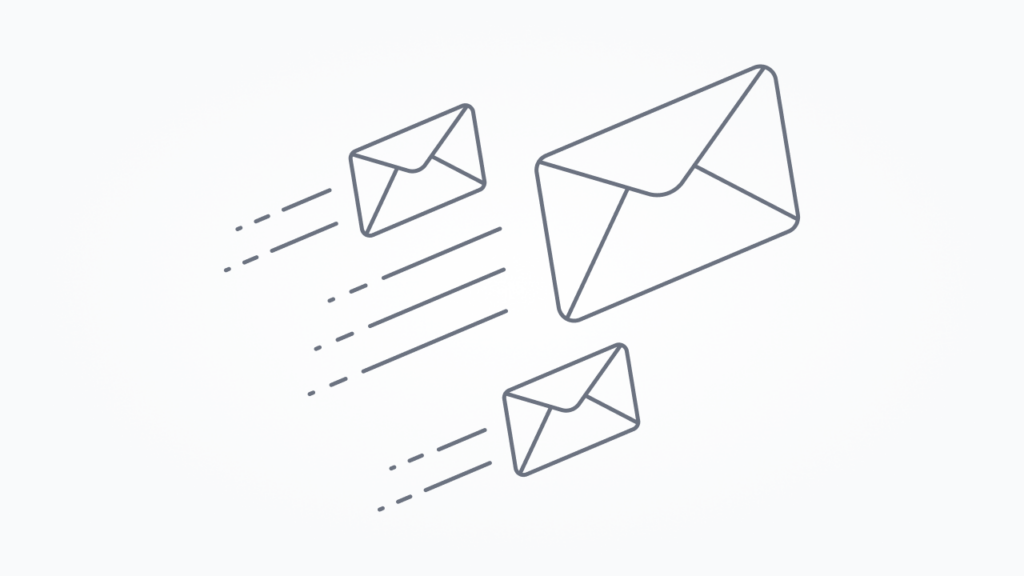
Email marketing efforts emerges as a formidable tool if you want increased sales. Its effectiveness is unparalleled, especially when powered by automation. Automating email marketing campaigns can significantly enhance customer engagement through timely, personalized communication. MESA, a notable automation tool, excels in refining email marketing strategies, making it an essential asset for Shopify merchants.
Abandoned Carts Recovery
Abandoned cart recovery is a strategic method to recapture potential lost sales. With an average cart abandonment rate of about 70%, automated emails act as a gentle reminder to potential customers who have left items in their cart. This tactic is not just about nudging customers to complete their purchase; it offers insights into the customer journey and hesitation points. By analyzing abandonment reasons, retailers can tweak their offerings or checkout process, making it more aligned with customer preferences and reducing future cart abandonment rates.
Offering Educational Content: Instead of directly encouraging a purchase, send an educational email about the product left in the cart. This builds trust and value, increasing the likelihood of conversion.
Survey for Feedback: Use abandoned cart emails to ask why the customer didn’t complete the purchase, offering an incentive for their feedback. This provides valuable insights and engages the customer in a conversation.
Cross-Sell Opportunities: In your abandoned cart email, suggest related products or bundles that complement the item in the cart, turning a single purchase opportunity into a larger sale.
MESA Template ID
send-a-list-of-abandoned-carts-to-google-sheets
Post-Purchase Follow-Up
Post-purchase follow-up is essential for nurturing existing customers. After a purchase, automated thank-you emails convey appreciation and increase customer retention. This phase is crucial for gathering feedback, which is invaluable for product and service enhancement. Effective follow-up can transform a one-time buyer and encourage repeat purchases. Additionally, this marketing strategy can lead to increased word-of-mouth referrals, as satisfied customers are more likely to recommend your store to others.
Product Usage Tips: Send emails offering advice on how to get the most out of the purchased product, increasing customer satisfaction and perceived value.
Invite to Loyalty Program: Use the follow-up email to introduce your customer loyalty program, providing an incentive for them to make another purchase.
Share Customer Stories: Include stories or testimonials from other customers who purchased the same product, creating a sense of community and reliability around your brand.
MESA Template ID
add-a-post-purchase-survey-form-and-send-results-to-google-sheets
Seasonal Promotions
Seasonal promotions, when timed right, can significantly amplify more sales. Use email marketing software for scheduling emails in advance for holidays or special events, ensuring that your promotions attract customers when they are most likely to buy. This tactic taps into the seasonal shopping mindset, increasing sales by offering timely deals or exclusive offers. It’s also an opportunity to showcase seasonal products or limited-time offerings, creating a sense of urgency that can drive future sales.
MESA Template ID
schedule-shopify-theme-change-specific-date-time
Early Bird Specials: Send pre-season promotional emails, offering exclusive deals to customers who shop before the peak season rush.
Post-Holiday Upsell: After a major holiday, use automated emails to offer a discount code on related products or accessories, capitalizing on post-holiday shopping trends.
Non-traditional Holidays: Take advantage of less crowded holidays or create your own special event, standing out from competitors and catching new customers by surprise.
MESA Template ID
create-a-unique-discount-code-for-new-customers-to-apply-towards-their-next-order
SEO (Search engine optimization)
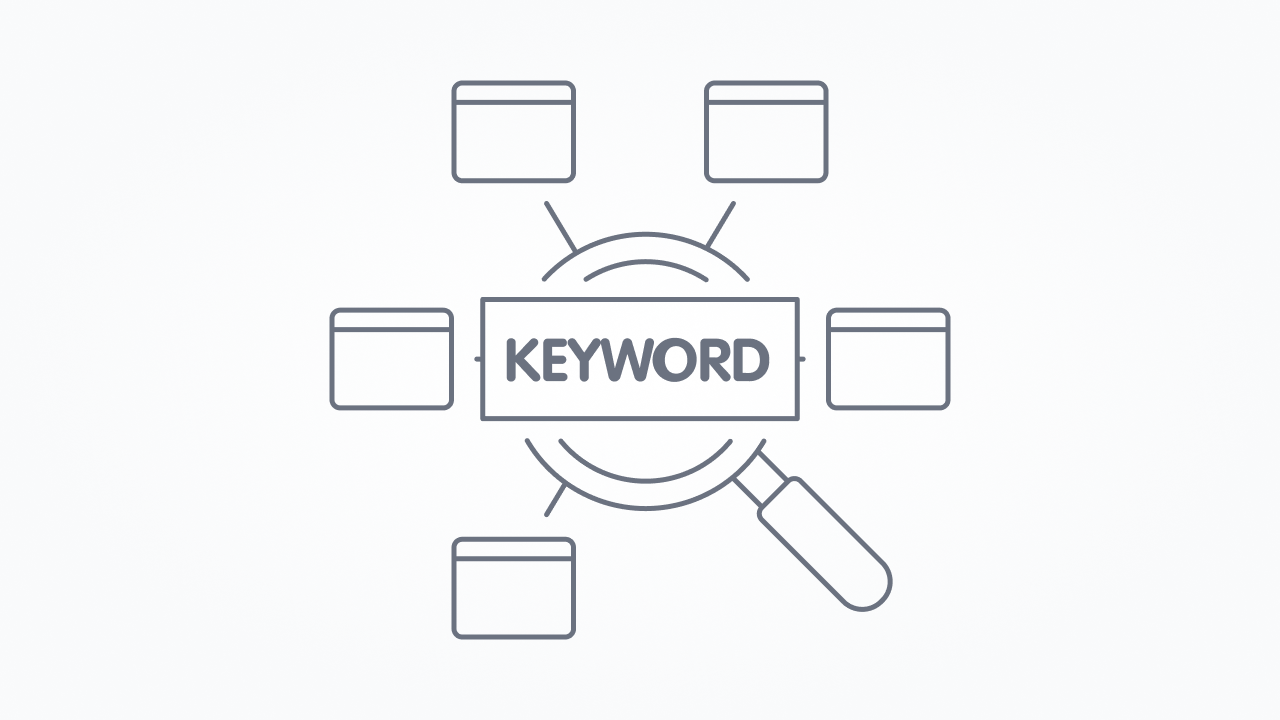
SEO is a cornerstone of ecommerce business success, particularly on platforms like Shopify, where competition is intense. Effective SEO strategies can significantly boost an online store’s visibility, driving more organic traffic and, ultimately, boost sales. With ecommerce SEO offering an ROI of 1,600% compared to paid advertising, the importance of optimizing your site’s content for search engines cannot be overstated. Automation tools play a critical role, and MESA stands out for its ability to streamline SEO practices efficiently.
Keyword Monitoring
Keyword monitoring is pivotal in SEO, offering a 79% increase in keyword rankings and a 326% surge in net organic keyword portfolio. This strategy involves continuously tracking relevant keywords to adjust content and SEO tactics effectively. With automation, this process becomes more efficient, allowing real-time insights and adjustments. By understanding keyword trends and user search behavior, Shopify merchants can tailor their content to meet the evolving demands of their target audience, ensuring their online stores remain relevant and highly visible in search engine results.
Seasonal Keyword Trends: Utilize keyword monitoring to capitalize on seasonal trends, adjusting your SEO strategy to include relevant keywords related to upcoming holidays or events.
Competitor Keyword Analysis: Monitor competitors’ high-ranking keywords and incorporate them into your strategy, potentially capturing a share of their organic traffic.
Local SEO Focus: For businesses with physical stores, use keyword monitoring to target local SEO terms, attracting nearby customers to both online and offline locations.
Content Optimization
Content optimization, especially on product pages, plays a crucial role in SEO success. Automating the inclusion of high-performing keywords in product descriptions and high quality product images ensures that your product pages are consistently optimized for search engines. This not only improves your store’s search engine rankings but also enhances the user experience by providing relevant and informative content. Regular updates and adjustments based on keyword performance keep your content fresh and aligned with what potential customers are searching for, making your products more discoverable and appealing.
Optimizing for Voice Search: Incorporate conversational keywords and questions into product descriptions, catering to the growing trend of voice search.
User-Generated Content: Encourage customers to include specific keywords in their product reviews, improving the SEO of your product pages organically.
Multimedia Content Optimization: Extend optimization to include alt texts and file names for images and videos, enhancing SEO beyond just text-based content.
MESA Template ID
write-product-descriptions-with-chatgpt
Backlink Tracking
Backlinks are a critical ranking factor for Google, indicating your site’s credibility and authority. With over 65% of pages having no backlinks, actively managing your backlink profile can provide a significant competitive advantage. Automation in backlink tracking allows you to monitor and analyze the backlinks to your Shopify store effectively. This enables you to identify valuable linking opportunities and address any harmful links that would attract the wrong audience. Maintaining a strong backlink profile not only boosts your SEO but also drives high-quality traffic to your site, further enhancing your online presence and credibility.
Broken Link Building: Identify broken external links to your site and reach out to those websites to update them, improving link quality and SEO.
Unlinked Mentions Conversion: Find mentions of your brand that are not linked and contact the authors to convert these mentions into backlinks.
Backlink Diversity: Focus on getting backlinks from a variety of sources, including blogs, news sites, and industry forums, to diversify your backlink profile and enhance its effectiveness.
Social Media Marketing
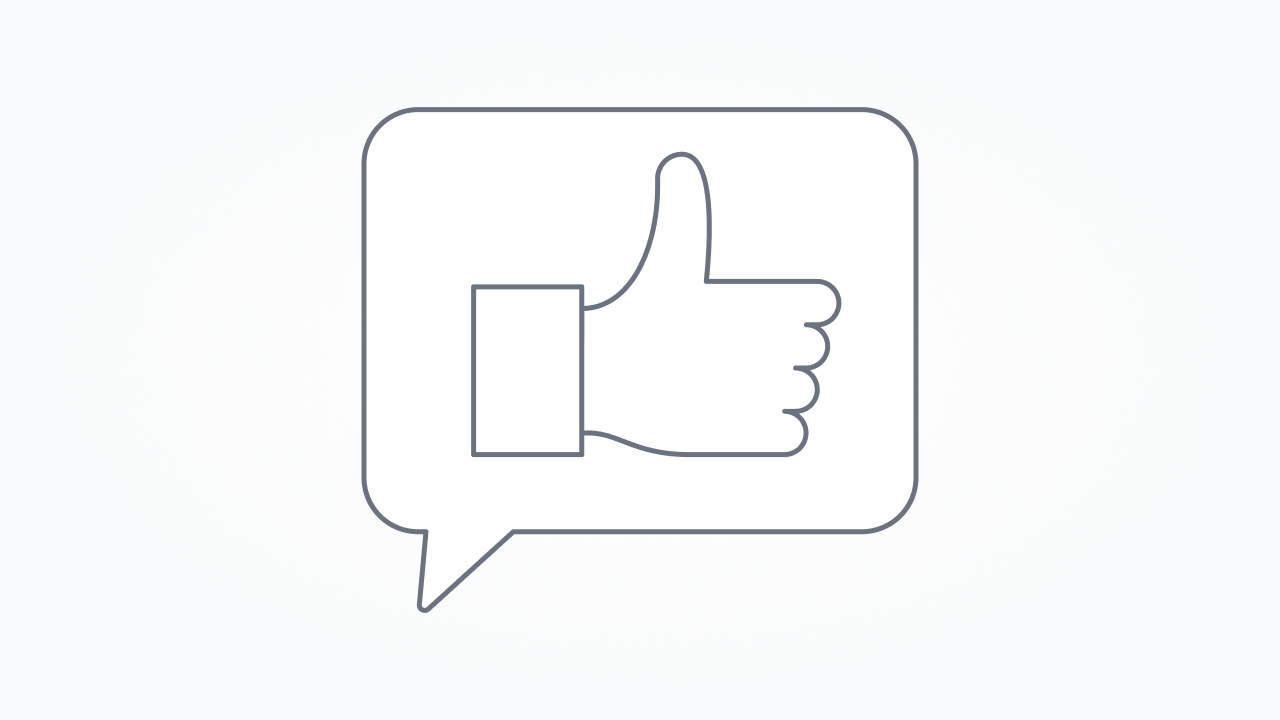
Automating social media platforms is essential when it comes to keeping engagement levels high and driving more customers to Shopify stores. With the right tools, your online store can streamline their social media campaigns, ensuring that they consistently connect with their audience at the right times and respond promptly to engagements.
Scheduled Posting
Scheduled posting is vital in social media marketing, as timing plays a critical role in visibility and engagement. Research indicates that posts published during peak user times garner more attention. Automating post scheduling ensures that your content reaches your ideal customers when they are most active, maximizing the chances of engagement and shares that drive traffic. This strategy not only enhances visibility but also maintains a consistent presence, keeping your brand at the forefront of your audience’s mind. Scheduled posting allows for better planning and a more strategic approach to content distribution, ensuring a steady stream of relevant and timely posts.
Off-Peak Experimentation: Schedule some posts during off-peak hours to target different audience segments, such as night owls or early birds, who might be more engaged during these times.
Automated A/B Testing: Use scheduled posting to conduct A/B tests on different types of content, posting times, and days to gauge the most effective strategies.
Time Zone Targeting: Schedule posts to go live in different time zones, ensuring global audience engagement for stores targeting international markets.
Engagement Responses
Prompt engagement with your audience is key to fostering a strong social media presence. Automated responses to comments or likes help maintain an active conversation, even when you’re not online. This approach demonstrates to your audience that you are responsive and attentive, leading to increased loyalty and customer satisfaction. Automated engagement tools can help in managing large volumes of interactions efficiently, ensuring no comment goes unnoticed. This consistent engagement builds a community around your brand, encouraging more interactions, shares, and ultimately, directing more traffic to your Shopify store.
Automated Personalized Messages: Use automation to send personalized messages or offers to users who frequently engage with your posts, enhancing customer relationships.
Crisis Management: Set up automated responses for common queries or complaints, ensuring immediate communication during high-traffic periods or crises.
Feedback Collection: Automatically ask for feedback or reviews from users who engage positively with your posts, leveraging social proof for your store.
MESA Template ID
post-to-pinterest-when-media-is-approved
Analytics Reporting
Analytics reporting is essential in understanding and improving your social media channels. Automation in analytics allows for a comprehensive analysis of targeted ad campaigns, providing insights into content effectiveness, influencer marketing, audience demographics, use of various mobile devices and engagement patterns. This data is crucial in refining your content strategy, ensuring that you create more of what resonates with your audience. Automated reporting simplifies the process of tracking metrics, saving time and providing regular, in-depth insights that inform better decision-making. By understanding your social media analytics, you can tailor your approach to meet your ideal customers more effectively, enhancing your store’s overall social media impact.
Content Lifespan Analysis: Use analytics to determine the lifespan of different types of posts and adjust your content strategy accordingly.
Competitor Benchmarking: Analyze competitors’ social media performance alongside your own, identifying gaps and opportunities in your strategy.
Influencer Impact Assessment: Track the performance of posts involving influencers or brand ambassadors to evaluate their true impact on your brand’s social media presence.
Inventory and Order Management
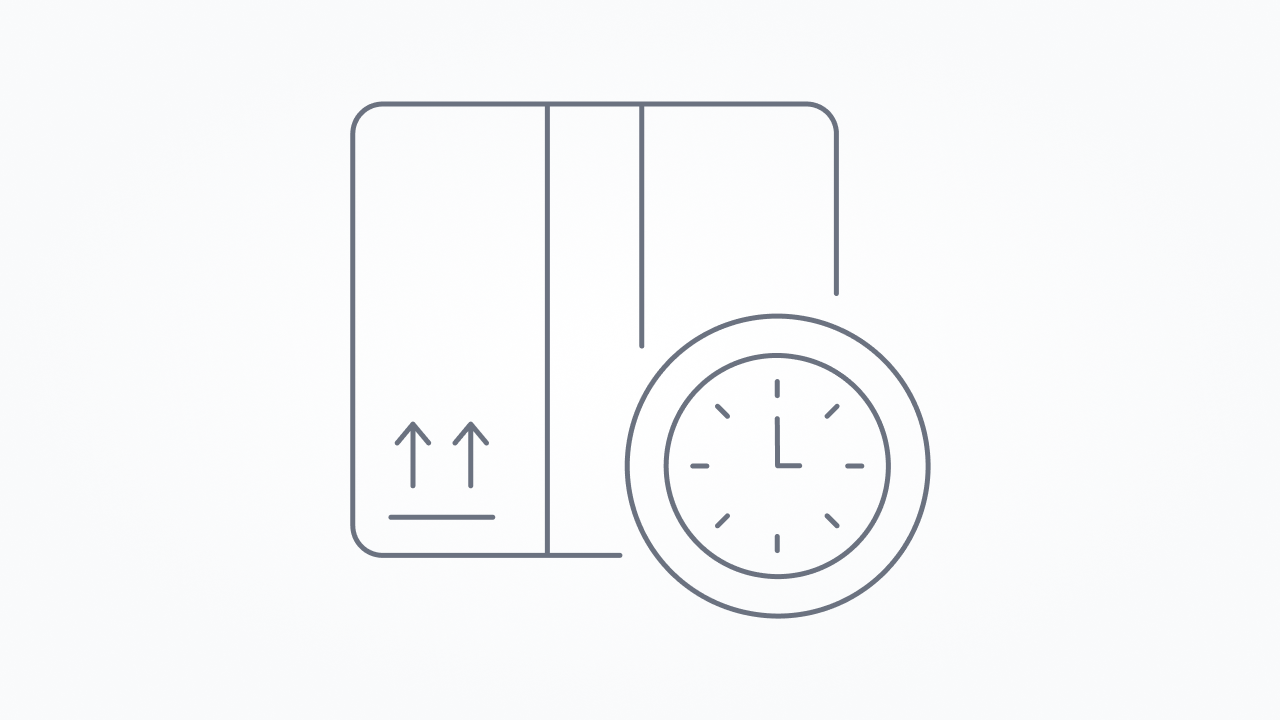
Automated inventory tracking and order fulfillment can be effective marketing strategies in enhancing customer satisfaction and maintaining a smooth operation in ecommerce. Efficient management of these processes ensures that customers receive their orders on time and helps prevent stockouts, which can significantly damage brand loyalty.
MESA Template ID
send-slack-alert-when-product-out-of-stock
Automated Inventory Tracking
Automated inventory tracking is essential in preventing stockouts, a major issue causing nearly $1 trillion in lost sales annually. These systems provide real-time visibility into stock levels and can send automatic alerts when supplies run low. This proactive approach allows for timely restocking, reducing the risk of loosing future purchases. Automated tracking not only improves inventory accuracy but also enhances operational efficiency. By leveraging this technology, businesses can optimize their inventory levels, ensuring they have the right products available at the right time, ultimately leading to increased customer satisfaction and reduced lost sales opportunities.
Dynamic Pricing Adjustments: Use inventory levels to dynamically adjust pricing or promotions, increasing demand for overstocked items and protecting profit margins on low-stock items.
Seasonal Demand Forecasting: Analyze historical inventory trends to predict seasonal fluctuations, ensuring optimal stock levels during peak periods.
Customer Demand Insights: Utilize inventory data to gain insights into customer preferences and buying patterns, guiding product development and marketing strategies.
MESA Template ID
send-slack-message-to-channel-when-inventory-runs-low
Order Processing
Automating order confirmations and shipping notifications significantly enhances the customer experience by providing timely and transparent communication. When an order is placed, automatic confirmation emails reassure new customers, while subsequent shipping notifications keep them informed about their purchase’s journey. This level of communication is vital in building trust and satisfaction, reducing customer anxiety about order status. Moreover, automation in order processing streamlines operations, reducing the potential for human error and ensuring faster, more accurate fulfillment. This efficiency not only improves the customer experience but also allows businesses to scale operations effectively.
Personalized Upsell Opportunities: Include personalized product recommendations in order confirmation emails, based on the customer’s purchase history and preferences.
Customer Feedback Loop: Use shipping notifications to solicit feedback or reviews, enhancing customer engagement and gathering valuable insights.
Loyalty Program Integration: Integrate loyalty program updates or rewards in order confirmations, encouraging repeat customers and brand loyalty.
MESA Template ID
add-a-free-product-to-a-customers-first-recharge-order
Supplier Reordering
Supplier reordering through automation is a game-changer for inventory management. This system triggers automatic reorders with suppliers based on predefined inventory levels, ensuring timely stock replenishment. This automation is closely tied to patterns of sales on Shopify and inventory needs, allowing for a more responsive and efficient supply chain. By automating supplier reordering, businesses can maintain a consistent inventory level, avoiding both overstock and stockouts. This not only optimizes inventory holding costs but also ensures that customer demands are met consistently, contributing to a smoother, more reliable operation.
Supplier Performance Analysis: Use automated reordering data to evaluate supplier reliability and performance, optimizing the supply chain.
Eco-friendly Stocking: Implement a ‘just-in-time’ inventory approach to reduce excess stock and minimize environmental impact.
Market Demand Adaptation: Adjust reorder levels based on market trends and consumer behavior analysis, staying ahead of changing demands.
MESA Template ID
update-a-product-when-the-inventory-of-its-variants-becomes-out-of-stock
Customer Service
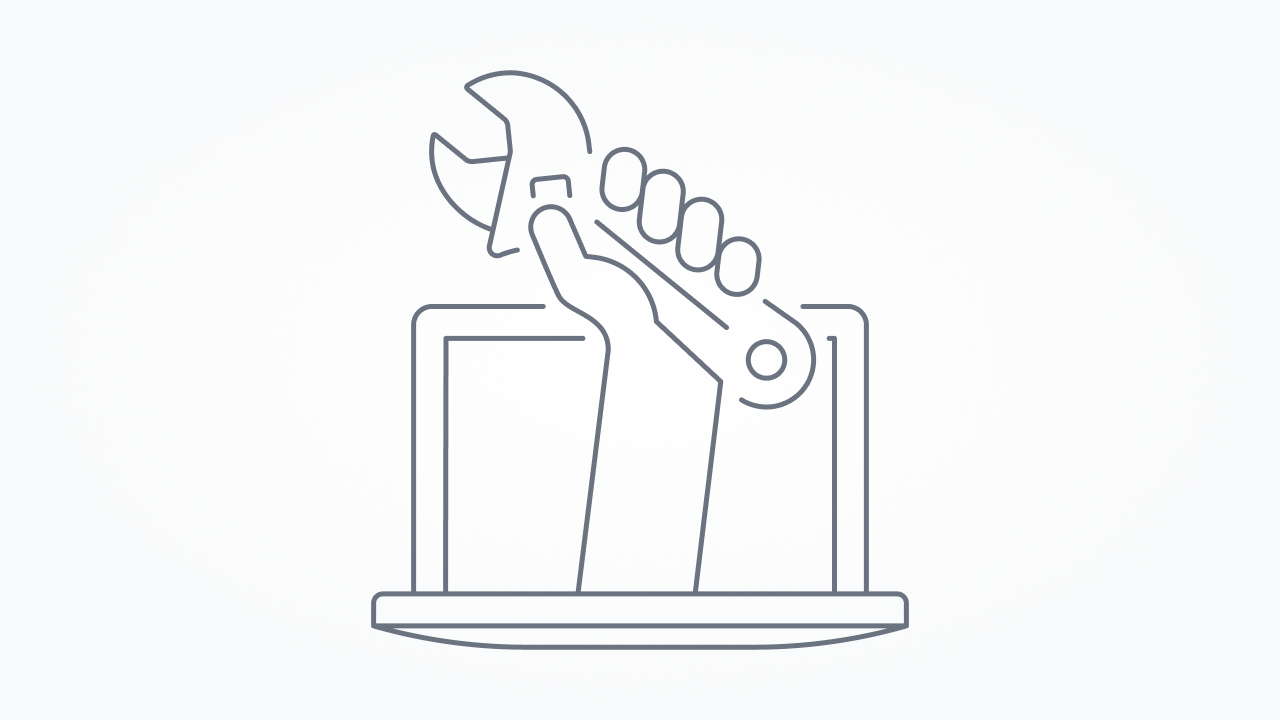
Automating customer service is a strategic move to increasing sales, enhancing response times and overall customer satisfaction. MESA stands out as a powerful tool for streamlining customer interactions, ensuring queries receive prompt and accurate responses.
FAQ Chatbots
Automated FAQ chatbots are a highly efficient solution for handling common customer inquiries. They provide instant responses to frequently asked questions, allowing customers to find quick solutions without the wait for a live agent. This immediacy significantly improves the shopping experience, as customers appreciate the convenience and speed of getting answers. These chatbots not only reduce the workload on customer service teams but also ensure 24/7 availability, making them a valuable asset for businesses that aim to offer superior customer support. By addressing basic queries, chatbots allow human agents to focus on more complex issues, enhancing overall service quality.
Lead Generation: Use chatbots to identify potential leads by offering personalized recommendations based on customer queries.
Interactive Tutorials: Implement chatbots to guide customers through interactive tutorials or product setups, enhancing user experience.
Gathering Data for Personalization: Collect customer preferences and behavior data through chatbot interactions to personalize future marketing efforts.
Ticket Routing
Automated ticket routing is crucial in ensuring customer service inquiries are addressed by the most appropriate team. This automation efficiently directs tickets based on their content to relevant experts, significantly improving resolution times and enhancing customer satisfaction. By streamlining the ticket distribution process, customer service becomes more organized and responsive. This system reduces the frustration of customers being passed between departments and ensures that they receive expert advice and solutions promptly. Automated ticket routing is an effective way to optimize customer service resources, allowing for a more strategic allocation of human expertise where it is most needed.
Predictive Ticket Routing: Implement AI to predict and route complex issues to senior team members, ensuring higher customer satisfaction.
Cross-Departmental Training: Use ticket trends to identify areas for cross-departmental training, enhancing team versatility and response capability.
Automated Follow-Up Scheduling: Set up automatic follow-ups on tickets to ensure ongoing issues are resolved, improving customer trust and loyalty.
MESA Template ID
create-a-gorgias-support-ticket-when-a-customer-leaves-a-negative-yotpo-review
Feedback Collection
Automated feedback collection is vital for understanding and improving customer experiences. Sending out automated surveys post-service interaction helps businesses gather valuable insights into customer needs and preferences. This process not only aids in enhancing products and services but also demonstrates to customers that their opinions are valued, fostering a sense of engagement and loyalty. Automated surveys ensure a consistent approach to feedback collection, providing a steady stream of data to inform business decisions. This continual input from customers is crucial for adapting and evolving in a competitive market, ensuring your Shopify store remains customer-centric and responsive to their needs.
Product Development Insights: Use feedback to inform product development, tailoring offerings to meet customer expectations and fill market gaps.
Customer Segmentation: Analyze feedback to segment customers based on their preferences, allowing for more targeted marketing strategies.
Service Recovery Opportunities: Identify and address any negative feedback through automated follow-up, turning dissatisfied customers into brand advocates.
MESA Template ID
send-a-stampedio-review-request-after-an-order-has-been-delivered
Personalized Customer Experiences
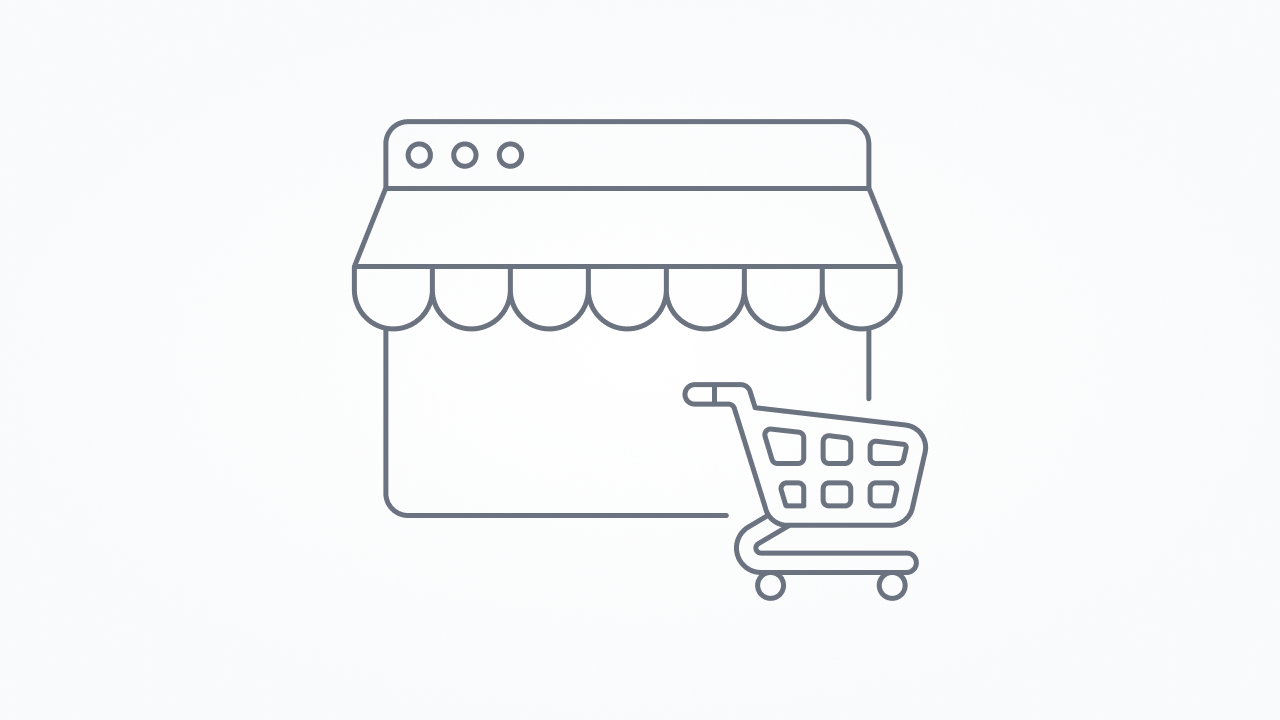
Automation plays a pivotal role in crafting personalized shopping experiences that can significantly increase sales. MESA uses data and customer behavior to deliver tailored experiences, from product recommendations to exclusive discounts.
Product Recommendations
Automated product recommendations, driven by customer browsing history, significantly enhance the shopping experience and can lead to a 31% higher conversion rate. This form of personalization ensures that customers see products that align with their interests and past behavior, making the shopping journey more relevant and engaging. By showing customers items they are more likely to be interested in, you not only improve their experience but also increase the likelihood of a purchase. This intelligent approach to product suggestions helps in building a more intuitive and responsive online store.
Cross-Selling Unique Combinations: Suggest unexpected product combinations that customers might not have considered, creating a unique and memorable shopping experience.
Seasonal Personalization: Adjust recommendations based on seasonal trends and customer’s previous seasonal purchases.
Personalized Bundles: Create custom bundles for returning customers based on their past purchases and browsing history.
Personalized Discounts
Offering automated, customer-specific discount codes is an effective way to personalize the shopping experience. A study by Epsilon found that 80% of consumers are more likely to make a purchase with personalized brand experiences, including discounts. These targeted offers not only cater to individual customer preferences but also make customers feel valued and understood. By analyzing customer data and past purchase behavior, you can tailor discounts to individual needs, increasing the effectiveness of promotions. This strategy not only drives sales but also strengthens customer relationships, leading to increased loyalty and repeat purchases.
Loyalty-Based Tiered Discounts: Implement discounts that increase with the customer’s loyalty level, encouraging continued engagement and purchases.
Abandoned Cart Incentives: Send a personalized discount code to customers who have abandoned their carts, enticing them to complete their purchase.
First-Time Visitor Discounts: Identify and offer exclusive discounts to first-time visitors, making a strong first impression and encouraging immediate engagement.
MESA Template ID
tag-customers-with-vip-after-they-spend-500-or-more
Birthday Rewards
Automated birthday rewards, such as special offers or greetings, add a personal touch that deepens customer loyalty. These gestures demonstrate that you value and recognize your customers on a personal level, significantly increasing customer satisfaction and spending. Birthday rewards can range from discount codes to exclusive products, making customers feel special and appreciated. This strategy not only enhances the customer experience but also fosters a stronger emotional connection with the brand. Celebrating these personal milestones with your customers can turn a routine transaction into a memorable interaction, promoting long-term loyalty and advocacy.
Birthday Month Promotions: Extend the birthday celebration to the entire birth month, offering special deals or exclusive content throughout.
Shared Birthday Discounts: Encourage customers to share their birthday discounts with friends, expanding your reach and customer base.
Birthday Feedback Requests: Combine birthday wishes with a request for feedback on their experience with your brand, integrating celebration with valuable customer insights.
MESA Template ID
save-a-customers-date-of-birth-to-a-yotpo-loyalty-customer
Cross-Selling and Upselling
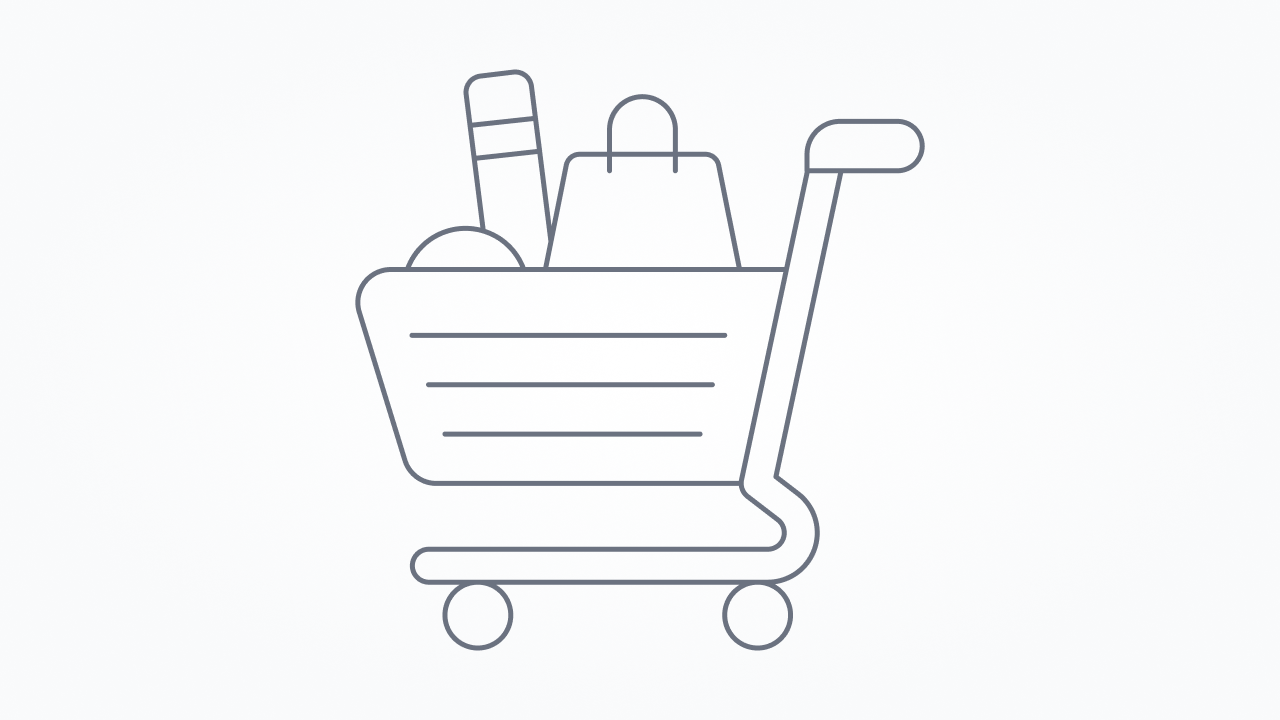
Automation significantly enhances the effectiveness of cross-selling and upselling strategies, increasing sales positively. By analyzing customer behavior and purchase history, MESA can seamlessly execute these strategies, encouraging customers to consider additional purchases or more premium options.
Related Product Suggestions
Automatically suggesting related products at checkout is a strategic way to increase average order value and enhance the customer experience. This tactic leverages the customer’s current purchase to offer relevant additional products they might need or enjoy. By presenting these options at a critical decision-making point, the likelihood of additional purchases increases. This approach not only helps increase sales on Shopify but also provides a more comprehensive shopping experience for the customer. It demonstrates an understanding of customer needs and preferences, making the shopping journey more personalized and satisfying.
Post-Purchase Recommendations: Send personalized product suggestions in post-purchase follow-up emails, targeting customers who are already engaged.
Seasonal or Occasion-based Suggestions: Offer related products based on the season or upcoming occasions, making recommendations more timely and relevant.
Complementary Services: Suggest complementary services or digital products related to the physical products purchased, expanding the range of offerings.
MESA Template ID
sell-downloadable-products-on-shopify
Bundle Offers
Automated bundle offers for related products are a compelling way to entice customers with value deals. Bundling products not only simplifies the shopping process but also increases the perceived value for customers, leading to increase sales on Shopify. This strategy smartly packages products that complement each other, encouraging customers to make a single, larger purchase rather than individual items. Automated systems can dynamically create bundles based on customer preferences and buying habits, making the offers more relevant and attractive. This approach not only increases the average order value but also enhances the customer’s perception of getting a good deal.
Customizable Bundles: Allow customers to build their own bundles from a selected range of products, giving them a sense of control and personalization.
Limited-Time Bundle Offers: Create urgency with time-limited bundle offers, encouraging immediate purchases.
Bundle Feedback Loop: Collect feedback on bundle purchases to refine future bundle offerings, ensuring they align with customer preferences.
Upgrade Prompts
Utilizing upselling techniques through automation, like suggesting premium versions or add-ons of products, can significantly boost a store’s revenue. This approach not only presents customers with higher-quality options but also enhances their satisfaction by introducing better or more feature-rich products. Automated upgrade prompts can be strategically timed based on customer interaction with a product or at points where an upgrade seems most relevant. By offering upgrades that genuinely add value to the customer’s purchase, businesses can increase their average order value while improving the customer experience.
Lifestyle-Based Upgrades: Suggest premium products based on the customer’s lifestyle or past purchases that indicate a preference for high-end goods.
Milestone-Based Upselling: Offer premium products or services as a celebration of customer milestones, such as anniversaries with the brand.
Upgrade Incentives: Combine upgrade prompts with exclusive benefits, like extended warranties or special support, to make the premium option more appealing.
MESA Template ID
automatically-tag-customers-after-they-hit-a-lifetime-spending-threshold
Loyalty and Reward Programs

Automating loyalty programs is a key strategy for encouraging repeat business and fostering customer loyalty, directly impacting sales on Shopify. MESA’s capabilities can manage loyalty programs effortlessly, ensuring customers are engaged and appreciated.
Points Accumulation
Automation in tracking loyalty points for every customer transaction ensures a seamless and up-to-date points balance. This constant visibility motivates customers to return and make additional purchases to earn more rewards. Automated points tracking removes the hassle for both merchants and customers, streamlining the loyalty experience. It also allows for more complex point systems, such as tiered points for different types of purchases or bonus points during certain periods. By making the accumulation of points effortless and transparent, customers are more likely to engage with the program and view it as a valuable aspect of their shopping experience.
Eco-friendly Actions Rewards: Reward points for eco-friendly actions like choosing minimal packaging or in-store pickups, aligning with sustainability goals.
Social Sharing Incentives: Offer points for customers who share their purchases or experiences on social media, enhancing brand visibility.
Charity Donations: Allow customers to convert points into charity donations, reinforcing brand values and customer engagement.
MESA Template ID
add-bonus-loyalty-points-when-customer-completes-an
Reward Redemption
Simplifying the reward redemption process is crucial for a successful loyalty program. Automation ensures an easy and straightforward experience for customers to redeem their rewards, removing any potential friction. This ease of use encourages customers to take full advantage of their loyalty benefits, leading to increased satisfaction and repeat purchases. Automated systems can provide customers with real-time updates on their eligibility for rewards and guide them through the redemption process. This approach ensures that customers feel valued and see tangible benefits from their loyalty, making them more likely to continue shopping with your brand.
Surprise Rewards: Introduce unexpected rewards at certain points thresholds, creating delight and anticipation.
Tier-Based Exclusive Access: Offer early access to sales or new products based on loyalty tier, enhancing the perceived value of higher tiers.
Personalized Reward Options: Allow customers to choose their rewards from a curated selection, tailoring the program to individual preferences.
MESA Template ID
send-a-20-gift-card-to-a-customer-if-they-spend-100-or-more
Loyalty Tier Advancements
Automatically updating customer loyalty levels ensures that customers are promptly recognized and rewarded for their engagement and purchases. This real-time advancement in loyalty tiers enhances the customer’s relationship with the brand, as they feel their loyalty is genuinely valued. Automated tier advancements can trigger personalized communication, congratulating customers on their new status and informing them of new benefits. This recognition not only incentivizes further engagement but also creates a sense of achievement and belonging among customers. As customers climb the tiers, they unlock more exclusive benefits, which encourages continued patronage and deepens their connection with the brand.
Gamified Tier Progress: Introduce a gamified element to tier advancement, such as challenges or milestones, to make loyalty progression more engaging.
Community Status Recognition: Publicly recognize high-tier customers in online communities or events, fostering a sense of exclusivity and community.
Tier Upgrade Celebrations: Celebrate tier advancements with unique offers or experiences, making the advancement feel like a significant event.
Ad Campaign Management
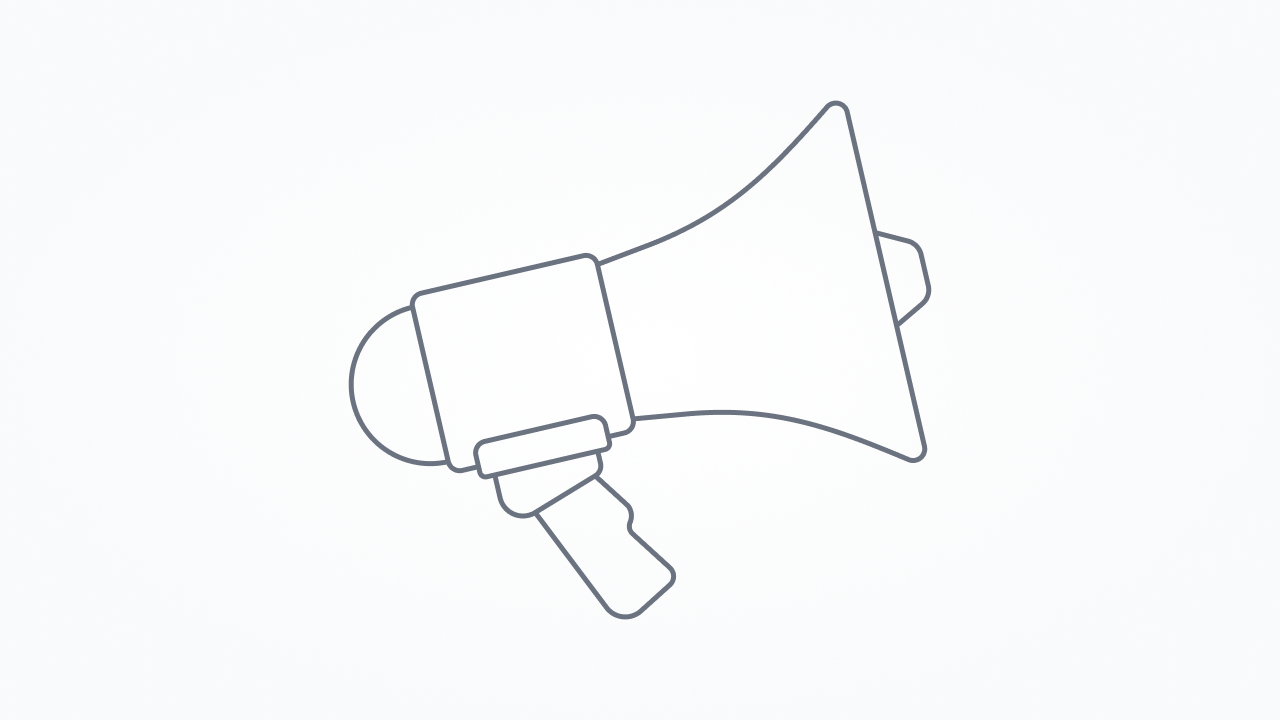
Automating ad campaigns is crucial for optimizing ad spend and ensuring that advertisements reach the correct audience. Create comprehensive systems for managing and optimizing advertising efforts efficiently, maximizing the return on investment for Shopify merchants.
Target Audience Refinement
With automation, you can run targeted ad campaigns based on customer behavior and preferences. By analyzing customer data, patterns emerge that allow for effective segmentation, leading to more personalized and impactful advertising. Precise targeting ensures that paid ads are delivered to those most likely to engage and convert, increasing campaign effectiveness. This level of customization in audience selection enhances the relevance of ads, making them more appealing to the intended demographic. Automated targeting adapts to changing customer behaviors and trends, ensuring that your advertising efforts remain focused and efficient.
Lifestyle-based Targeting: Segment audiences based on lifestyle choices and interests, going beyond basic demographics.
Retargeting Based on Engagement Levels: Use engagement data to retarget Google ads to users who showed interest but did not convert.
Predictive Targeting: Implement predictive analytics to target potential customers before they enter the buying cycle, based on their online behaviors and trends.
MESA Template ID
add-educational-discount-tag-to-shopify-customer
Budget Optimization
Automated budget optimization allows for dynamic adjustment of ad spend based on campaign performance. By allocating more resources to high-performing campaigns and reducing spend on underperforming ones, you ensure that your ad budget is utilized effectively. This strategic approach maximizes the return on each advertising dollar spent. Automation in budget optimization offers real-time analysis and decision-making, enabling quick adjustments that align with campaign goals and market changes. This flexibility not only improves overall campaign performance but also helps in identifying successful ad strategies and scaling them for greater impact.
Performance-based Employee Incentives: Link ad campaign performance to employee incentives, encouraging teams to optimize ad spend effectively.
Cross-Channel Budget Shifting: Shift budgets between different advertising channels based on performance, optimizing across the entire marketing mix.
Cost-per-Acquisition Focused Spending: Focus budget allocation on campaigns with the lowest cost-per-acquisition, regardless of traditional performance metrics.
Seasonal Ad Adjustments
Automating seasonal adjustments in ad campaigns ensures that your marketing efforts are always aligned with current trends and customer interests. This approach allows for timely and relevant advertising, capitalizing on seasonal demand and events. Automation facilitates the quick deployment of seasonal campaigns, reducing the turnaround time and ensuring that you take full advantage of seasonal opportunities. By adapting your ad content and targeting for different seasons or events, you can engage with your audience more effectively, tapping into their current interests and needs. Seasonal automation helps in creating a more dynamic and responsive advertising strategy.
Post-Season Retargeting: Retarget customers post-season with related products or services, extending the sales opportunity.
Pre-Season Teaser Campaigns: Launch automated pre-season teaser campaigns to build anticipation and demand.
Weather-Triggered Advertising: Implement weather-based ad triggers, customizing advertising content to match real-time weather conditions relevant to your audience.
MESA Template ID
tag-orders-with-weather-forecast
Product Launches and Promotions
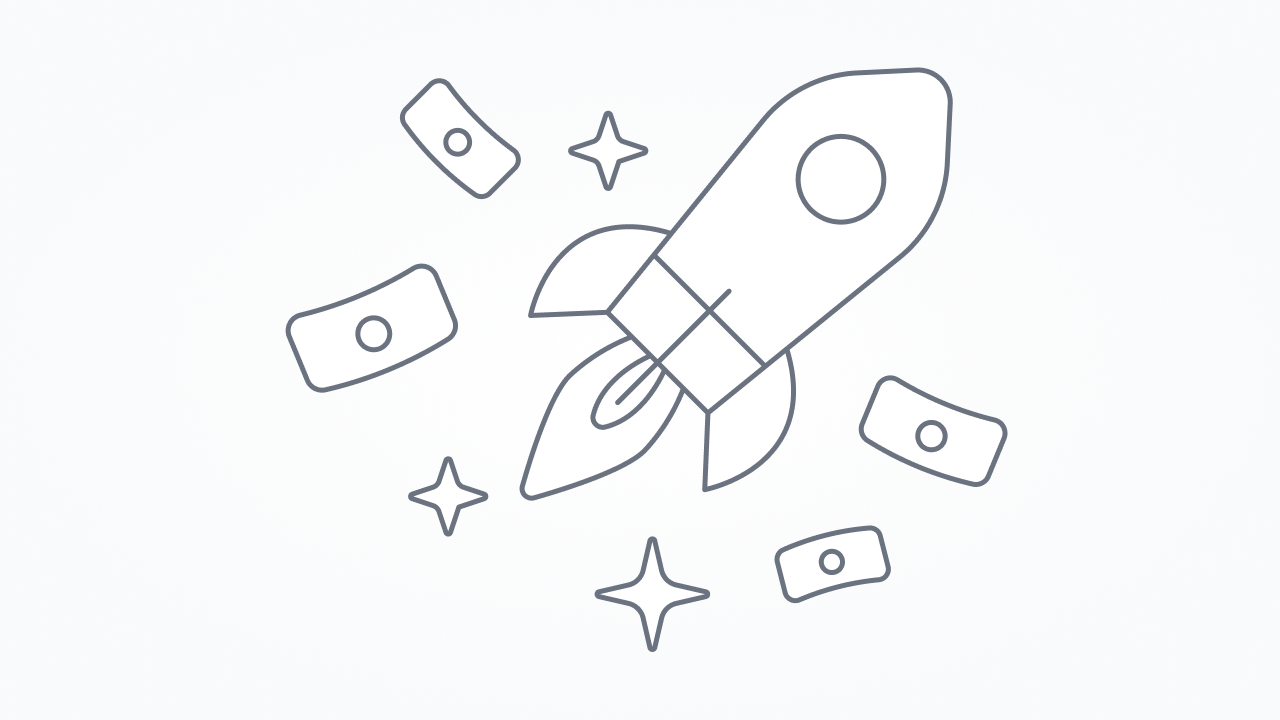
Automating product launches and promotions can significantly enhance visibility and increase sales on Shopify. MESA automates and schedules these events effectively, ensuring timely execution and maximizing marketing impact.
Launch Scheduling
Automating product launches with MESA’s scheduling feature capitalizes on optimal launch times determined through data analysis. This strategic approach maximizes visibility and sales potential by capturing the audience’s attention at peak interest times. Scheduling launches in advance ensures that all marketing materials and activities are aligned and executed seamlessly, creating a buzz and generating excitement. This methodical and data-driven approach to product launches drives high sales on Shopify, as it targets customers when they are most receptive and eager to engage with new products.
Soft Launches for Feedback: Schedule a soft launch to a select group of customers for feedback before the official launch, refining the product or marketing approach based on real user data.
Time Zone Targeting: Schedule product launches at different times to cater to various time zones, maximizing global reach.
Pre-Launch Educational Content: Automate the release of educational content about the product leading up to the launch, building interest and informing potential customers.
MESA Template ID
scheduled-product-price-change
Promotion Announcements
Scheduling promotion announcements is a proactive way to inform customers about upcoming sales or discounts, driving anticipation and engagement. By automating these announcements, you ensure consistent and timely communication with your customer base. This approach allows you to strategically plan your promotional calendar and communicate it effectively to your audience. Automated announcements keep customers informed and excited about upcoming deals, encouraging them to participate in promotions. This consistent and well-timed communication strategy increases the effectiveness of promotional campaigns, leading to increased Shopify sales and customer engagement.
Sneak Peeks for Existing Customers: Offer early access or sneak peeks of upcoming promotions to loyal customers, enhancing their sense of exclusivity and loyalty.
Countdowns for Urgency: Implement countdown timers in announcements to create a sense of urgency, spurring customers to act quickly.
Post-Purchase Promotions: Automatically send promotion announcements to customers who recently made a purchase, encouraging them to return.
MESA Template ID
schedule-shopify-theme-change-on-a-specific-date-and-time
Inventory Preparation
Automating inventory preparation in tandem with product launches ensures that stock levels are updated and aligned with demand. This streamlined approach coordinates inventory management with suppliers, minimizing the risk of stock shortages or overages. Synchronizing inventory preparation with product launches is essential for maximizing sales opportunities and maintaining customer satisfaction. By anticipating demand and adjusting inventory accordingly, you ensure that popular items are readily available, avoiding missed sales opportunities. This automation facilitates a more efficient supply chain, allowing for a smoother product launch and a better customer experience.
Demand Forecasting Adjustments: Use past sales data to adjust inventory levels for future launches, optimizing stock based on predicted demand.
Supplier Collaboration for Launches: Work closely with suppliers to create flexible inventory arrangements for anticipated spikes in demand during launches.
Real-Time Inventory Updates: Implement real-time inventory updates during the launch, providing customers with accurate stock information, reducing frustration and increasing trust.
Feedback and Review Automation

Automating the collection and display of customer feedback and reviews is crucial for building trust and credibility, ultimately leading to increased Shopify sales. MESA offers robust features to streamline these processes efficiently.
Review Requests
Products with reviews see a 270% higher conversion rate, making review requests a critical aspect of e-commerce strategy. Automated feedback systems can solicit reviews from customers after a purchase, enhancing the credibility and appeal of your products. This process not only gathers valuable insights from customers but also encourages more of them to leave reviews, directly influencing the purchasing decisions of future shoppers. The presence of authentic reviews significantly elevates product trustworthiness and can increase Shopify sales. Automation ensures consistent and timely review requests, increasing the volume and frequency of customer feedback.
Incentivized Review Requests: Offer small incentives for leaving a review, such as a discount on the next purchase, to increase response rates.
Negative Feedback Follow-up: Automate personalized responses to negative reviews, showing commitment to customer satisfaction and improving brand image.
Photo and Video Reviews: Encourage customers to include photos or videos in their reviews, providing more engaging and convincing content for potential buyers.
MESA Template ID
send-an-email-to-a-customer-when-a-negative-stamped.io
Feedback Analysis
Automatically categorizing and analyzing feedback enables businesses to identify trends, preferences, and areas for improvement. This data-driven approach provides actionable insights into customer satisfaction and product performance. By analyzing feedback, you can refine your product offerings, adjust marketing strategies, and enhance customer service. Automation in feedback analysis transforms vast amounts of data into understandable metrics, helping you make informed decisions. It also allows for real-time monitoring of customer sentiment, ensuring that any issues are quickly identified and addressed. This proactive approach to feedback analysis is integral to maintaining high-quality standards and continuously improving the customer experience.
Product Development Insights: Use feedback trends to guide future product development or enhancements.
Customer Service Training: Leverage common feedback themes to train customer service teams, improving their effectiveness and response quality.
Market Trend Prediction: Analyze feedback to predict emerging market trends and customer needs, staying ahead of the competition.
Review Display Management
Effectively managing and showcasing customer reviews can significantly build trust and credibility with potential buyers, leading to increased Shopify sales. Displaying authentic customer feedback prominently on your site provides social proof, reassuring prospective customers of the quality and reliability of your products. Automated review display management ensures that the most relevant and helpful reviews are visible, enhancing the online shopping experience. This can include featuring positive reviews with photos, highlighting detailed customer stories, or showing reviews that address common concerns. By curating and showcasing reviews effectively, you create a trustworthy shopping environment that can convert visitors into loyal customers.
Highlighting Mixed Reviews: Feature some balanced reviews that provide constructive feedback, lending authenticity to your review section.
Customer Testimonials in Marketing: Incorporate standout reviews into marketing materials, leveraging customer voices to enhance brand credibility.
Responding Publicly to Reviews: Publicly respond to reviews, both positive and negative, to show engagement and commitment to customer satisfaction.
Increase sales on Shopify with automation
Automation stands as the cornerstone for making more money, streamlining operations, and enhancing customer engagement. From email marketing to search engine optimization and inventory management, MESA empowers merchants to focus on strategic growth initiatives while efficiently handling repetitive tasks. Discover MESA’s automation capabilities today to unleash the full potential of your ecommerce store.


